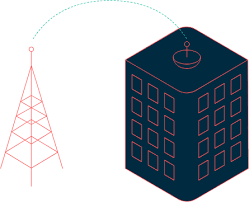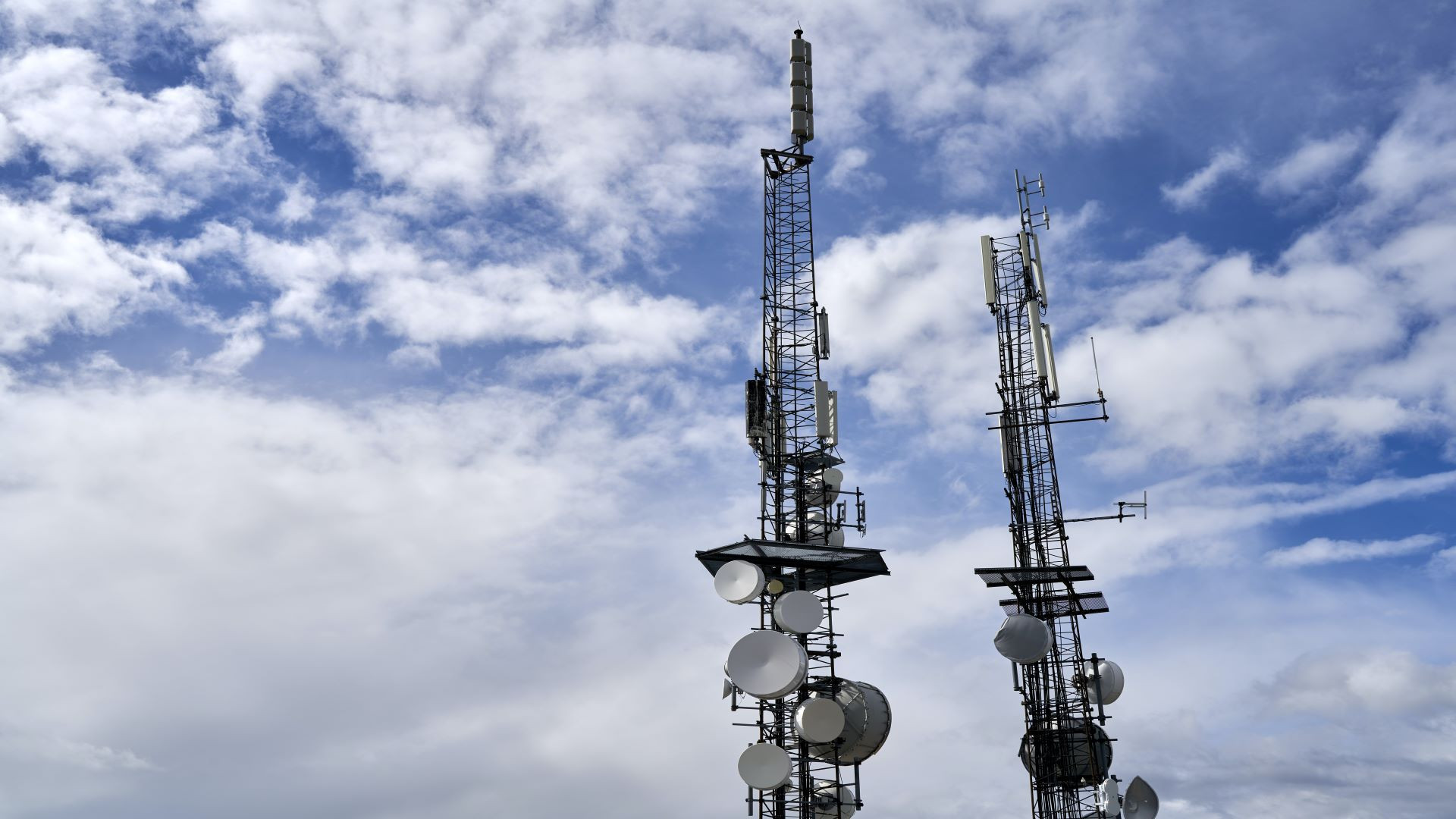For almost two years, the COVID-19 pandemic has opened the curtains to reveal the holes in the American education system. A primary issue with rural and urban school systems is a disparity of inexistent or reliable internet connection. This problem has existed for years, but the pandemic has made it more prominent with the use of virtual learning.
Organizations have named the disparity “The Homework Gap”. In response to the Homework Gap, the Federal Communications Commission (FCC) created the Emergency Connectivity Fund to help schools and libraries that lack internet connection and devices to gain access. If your local school or library is looking for a reliable internet connection, check out the rest of this article to learn more about how the FCC can help.
Why is the FCC a necessary responder for the COVID-19 pandemic?
The COVID-19 pandemic pushed many schools in the U.S to close last year and turn to online learning. This year, a majority are open; however, online learning is still being utilized for students who contract COVID-19 or are exposed to the virus and asked to quarantine for two weeks. Moreover, in recent years, the internet has become a primary resource in schools, so students learn how to use it responsibly and as a tool for research.
Whilst many Americans gain access to the newest technology like 5G connection, others still have absolutely no connection. Millions of Americans live without an internet connection which poses a huge education disadvantage for the children within those households.
A 2017 data collection from the National Telecommunications and Information Administration (NTIA) showed, “3.1 million households (14.1%) with school-aged children have no wired broadband connection at home”.
Some student’s families that are included in the above statistics may have a wireless subscription, but they are not sufficient to support online learning. Most online learning programs and even normal homework require large network data storage.
According to data collected by the Brookings analysis of the American Community Survey, the highest levels of poverty have the lowest levels of broadband connection. The graph below depicts this information.

The internet is a necessity for online learning, and it poses as a useful and necessary tool for most homework assignments. Pandemic or not—online learning or not—an internet connection is a necessary tool for a modern child to get full access to their education.
In response to this prominent divide within the U.S. education system, the FCC set up a fund to help support schools and libraries to gain reliable broadband access so students can get the most out of their education. The FCC’s acting Chairwoman, Jessica Rosenworcel said, “This funding is an important down payment in closing the Homework Gap so that all children, regardless of their circumstances or where they live, have access to the tools they need to succeed”. (“RECEIVED IN EMERGENCY CONNECTIVITY FUND PROGRAM FCC ...”)
What is the Emergency Connectivity Fund?
The Emergency Connectivity Fund was started by the Federal Communications Commission’s acting Chairwoman, Jessica Rosenworcel.
The fund supports giving the necessary money to in-need schools and libraries to get devices and broadband connections. The devices allowed for purchase with the fund include laptops, tablets, Wi-Fi hotspots, modems, routers, and broadband connections.
These resources can be supplied to students in their homes, school staff, and library patrons in need. Specifically, the technology is intended to “support off-campus learning, such as homework, even if schools have returned to full-time in-person instruction”. (“September 3, 2021, | Wisconsin Department of Public Instruction”)
How has it Impacted Communities?
The Emergency Connectivity Fund is needed all throughout the United States. The first application window totaled “$5.137 billion to fund 9.1 million connected devices and 5.4 million broadband connections as part of the $7.17 billion Emergency Connectivity Fund Program” according to a press release from the FCC.
Funding requests came in from all 50 states, American territories, and the District of Columbia. Lack of internet connection and devices does not only occur in rural areas. Many view American metropolises as places with endless modern resources when in fact urban schools and libraries highly populated the list of applicants for the FCC fund.
“The pandemic highlighted like never before the difference a reliable internet connection can make in a student’s education, and we want to make sure that as many schools and libraries can apply for support this school year. The need is there, and the opening of a second application window reflects that. Together with the Emergency Broadband Benefit Program, we are investing more than $10 billion in American students and households, so more Americans can connect, communicate, and more fully participate in modern life.” -Chairwoman Jessica Rosenworcel
Without reliable internet access and the necessary devices, students will be left behind. Students without these necessary resources will lack great depths of modern education. The Emergency Connectivity Fund is creating systemic change by providing resources needed for under-funded educational organizations to thrive and progress.
How can your library or school apply to the new round of funding?
Due to the initial success and high application rate, the Emergency Connectivity Fund is open for a second round of applications in response to the ever-present COVID-19 Delta variant and the persistent homework gap.
The next round of funding will run from September 28, 2021, to October 13, 2021.
Schools and libraries can apply here: https://www.emergencyconnectivityfund.org/
If your local school or library struggles with internet access or a lack of devices necessary for accessing broadband networks, we highly recommend applying to the Emergency Connectivity Fund.
Where to find necessary devices
If you are not sure where to start when looking for the necessary technology, consider visiting Mission Critical Communications Business Directory. The directory hosts a variety of communications companies that specialize in the necessary equipment for getting a reliable network set up.
They are all willing to help choose the necessary products and discuss prices and installation rates. You can reach the business directory HERE.
…..
The COVID-19 pandemic has revealed hundreds of systemic disparities within American society. One of the most prominent areas is education. All children deserve equitable access to a proper education. The FCC is addressing the pressing need in the American Education system, to provide reliable and consistent internet connection.
We hope this article gave you the information and resources needed to determine how to and if you need to apply to this prominent fund.
Author Bio:
DEANNA PARENTI
MARKETING COPYWRITER

Deanna is from Frederick, MD. She attended Juniata College in Huntingdon, PA, to earn her Bachelor of Arts degree in English Literature and Professional Writing and minor in Fine Arts. While at Juniata she worked as a Juniata Assistant Professional Writer for the Provost.
This experience then led her to work as a journalist for Arts Help and a volunteer grant writer for Team Hope after graduating. In her free time, Deanna enjoys volunteering, making pottery, and getting outside.





